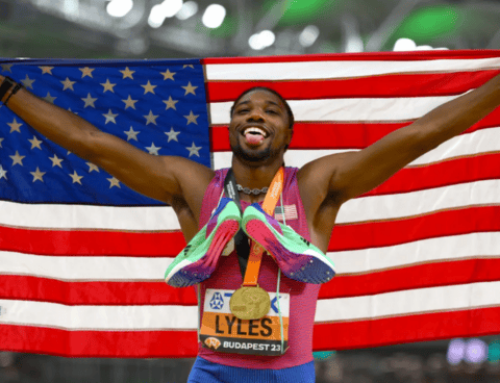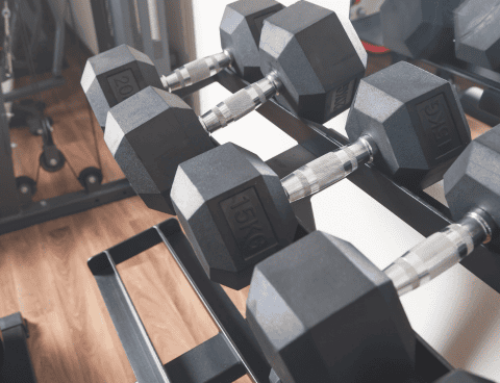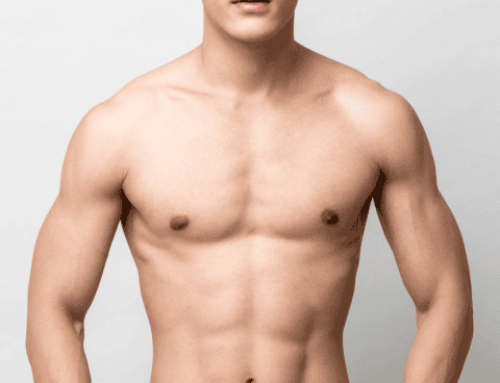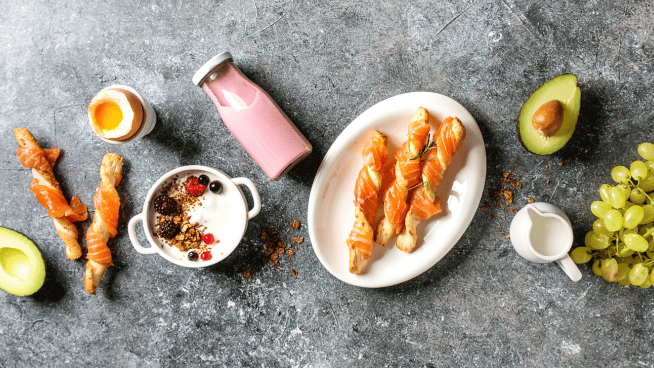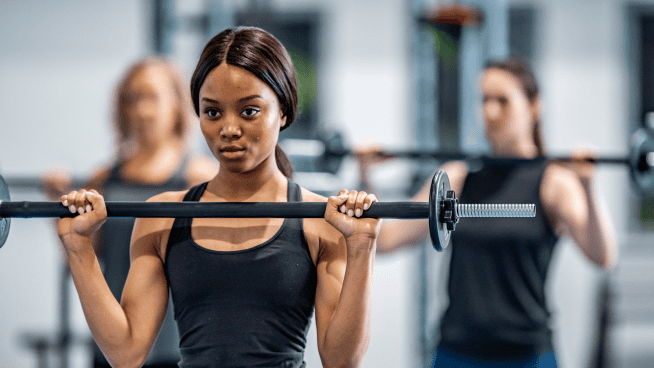3 Single-Leg Exercises Every Athlete Should Utilize
Single-leg exercises might be the most under-appreciated and under-utilized training tactic in sports performance. I believe the biggest reason for this is because they are hard—very hard! Once an athlete gets comfortable with the movements, these exercises can have excellent carryover to injury prevention and increased performance.
If we look at any athletic movement, or even just the act of walking down the street, we will quickly see that it is simply a repeated single-leg movement. If you were to look at a freeze frame of a marathon runner or a sprinter, you will see one leg supporting all of their body weight, then the alternate leg supporting all of their body weight. They simply don’t have two feet on the ground anytime they’re in motion. This demonstrates the need for single-leg stability and clearly shows how increased single-leg force production can lead to faster times.
Single-leg strength becomes even more important when looking at athletes who are making hard, sharp cutting movements. Structural stability in the knee is critical to prevent serious injury. The only way to build structural stability is via resistance training, and specifically resistance training that isolates one leg. If a running back makes a sharp cut in the backfield, one leg will have to support and produce force up to two times the athlete’s body weight. If the leg, from ankle to hip, cannot absorb and produce this kind of force, injury is inevitable.
With that in mind, here are three single-leg exercises every athlete should familiarize themselves with. These are great choices for developing single-leg strength and stability. Increased confidence in your single-leg strength will quickly impact your performance.
1. Step-Ups
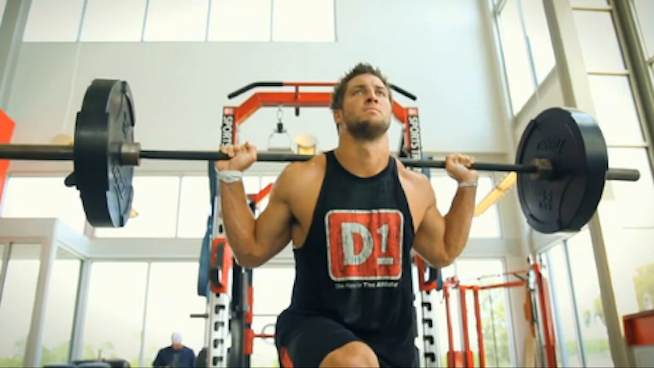
Step-Ups are an excellent type of single-leg exercise in which you use one leg to drive yourself up and onto a raised surface. You can load the movement with a barbell, dumbbells, etc. Step-Ups not only develop strength and size in the quads, glutes, hip flexors and hamstrings, but they also significantly challenge the core musculature due to the dynamic pelvic stability required to properly execute the movement. When performed correctly, Step-Ups are an excellent exercise for improving athletic performance. Aim to utilize a weight that’s challenging but also allows you to perform 3-4 sets of 3-6 reps on each leg with proper form. Here’s how to perform them.
2. Pistol Squats
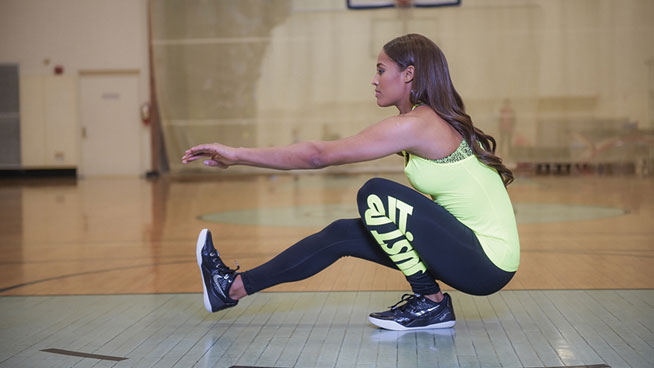
To nail a Pistol Squat, you’ll need some serious single-leg strength and stability. Part of the beauty of Pistol Squats is that most people do not need extra weight to reap their benefits—they’re brutal enough as a bodyweight exercise. Aim to perform 3-4 sets of 3-6 reps on each leg with proper form. Here’s how to perform them, along with a regression plan if you don’t yet have the single-leg strength and stability to pull one off.
3. Single-Leg RDLs
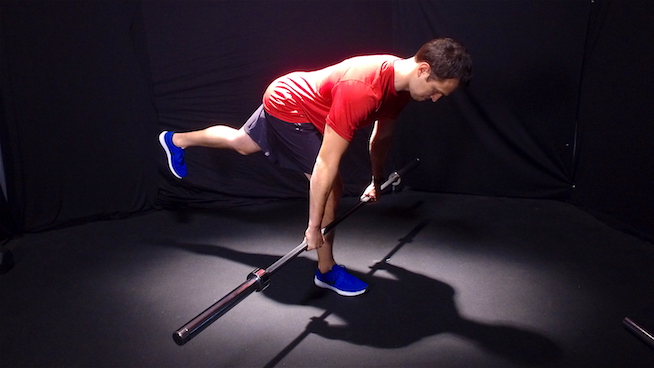
Single-Leg RDLS are a potent exercise. They develop the single-leg strength needed to be explosive off both legs when sprinting, jumping and changing directions. They also focus on the glutes and hamstrings, which are the primary drivers of the skills just listed. Single-Leg RDLs also helps to eliminate strength imbalances on the left and right sides of the body and improve lower-body stability, which protects the knees from injury. Aim to utilize a weight that’s challenging but also allows you to perform 3-4 sets of 3-6 reps on each leg with proper form. Here’s a full guide on how to master this movement.
READ MORE:
RECOMMENDED FOR YOU
MOST POPULAR
3 Single-Leg Exercises Every Athlete Should Utilize
Single-leg exercises might be the most under-appreciated and under-utilized training tactic in sports performance. I believe the biggest reason for this is because they are hard—very hard! Once an athlete gets comfortable with the movements, these exercises can have excellent carryover to injury prevention and increased performance.
If we look at any athletic movement, or even just the act of walking down the street, we will quickly see that it is simply a repeated single-leg movement. If you were to look at a freeze frame of a marathon runner or a sprinter, you will see one leg supporting all of their body weight, then the alternate leg supporting all of their body weight. They simply don’t have two feet on the ground anytime they’re in motion. This demonstrates the need for single-leg stability and clearly shows how increased single-leg force production can lead to faster times.
Single-leg strength becomes even more important when looking at athletes who are making hard, sharp cutting movements. Structural stability in the knee is critical to prevent serious injury. The only way to build structural stability is via resistance training, and specifically resistance training that isolates one leg. If a running back makes a sharp cut in the backfield, one leg will have to support and produce force up to two times the athlete’s body weight. If the leg, from ankle to hip, cannot absorb and produce this kind of force, injury is inevitable.
With that in mind, here are three single-leg exercises every athlete should familiarize themselves with. These are great choices for developing single-leg strength and stability. Increased confidence in your single-leg strength will quickly impact your performance.
1. Step-Ups

Step-Ups are an excellent type of single-leg exercise in which you use one leg to drive yourself up and onto a raised surface. You can load the movement with a barbell, dumbbells, etc. Step-Ups not only develop strength and size in the quads, glutes, hip flexors and hamstrings, but they also significantly challenge the core musculature due to the dynamic pelvic stability required to properly execute the movement. When performed correctly, Step-Ups are an excellent exercise for improving athletic performance. Aim to utilize a weight that’s challenging but also allows you to perform 3-4 sets of 3-6 reps on each leg with proper form. Here’s how to perform them.
2. Pistol Squats

To nail a Pistol Squat, you’ll need some serious single-leg strength and stability. Part of the beauty of Pistol Squats is that most people do not need extra weight to reap their benefits—they’re brutal enough as a bodyweight exercise. Aim to perform 3-4 sets of 3-6 reps on each leg with proper form. Here’s how to perform them, along with a regression plan if you don’t yet have the single-leg strength and stability to pull one off.
3. Single-Leg RDLs

Single-Leg RDLS are a potent exercise. They develop the single-leg strength needed to be explosive off both legs when sprinting, jumping and changing directions. They also focus on the glutes and hamstrings, which are the primary drivers of the skills just listed. Single-Leg RDLs also helps to eliminate strength imbalances on the left and right sides of the body and improve lower-body stability, which protects the knees from injury. Aim to utilize a weight that’s challenging but also allows you to perform 3-4 sets of 3-6 reps on each leg with proper form. Here’s a full guide on how to master this movement.
READ MORE:

